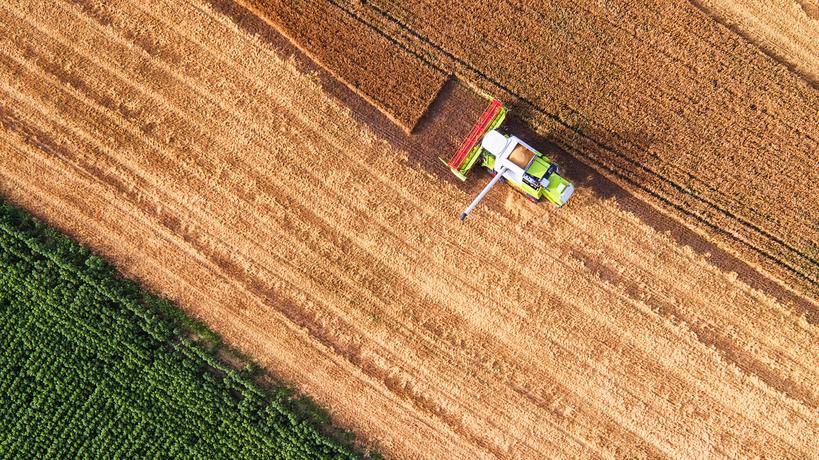
CULTURE – For some years now, American scientists have focused their research on what could revolutionize our diet: the Kernza seed. Rich in protein, calcium and omega-3, it can grow in extreme conditions and requires little maintenance.
Few, thirty-seven scientists from sixteen different countries recalled the urgency of adapting our diet to exponential population growth. Among their recommendations: the doubling of the whole seeds in our menus, about 200 grams per day. Nevertheless, growing cereals with annual crops that produce only one crop is highly energy-intensive in fossil fuels, a source of water pollution, and impacts our ecosystem.
But a new grain could revolutionize our diet. Low in gluten and concentrated in protein, calcium and omega-3, it is able to withstand extreme weather conditions and requires very little maintenance.
From forage crops to human food
It all started in the 80s when the intermediate wheatgrass, originally from Europe and Asia and initially introduced on the American contain as fodder crop, began to interest American researchers. They then list the perennials that could lend themselves to large-scale grain production. But its grain, rich in protein, calcium and omega-3, is excellent for health. The cultivation of intermediate wheatgrass requires, on the other hand, minimal maintenance, the regrowth of this perennial being done each year without human intervention.
For about ten years, scientists cross thousands of specimens of wheatgrass to achieve, among other things, to increase the size of the seed, then very small. The roots are also enlarged over the crossings to reach an average depth of three meters. A saving element for soil erosion, since the roots thus implanted make it possible to retain the soil. In 2013, a variety for agricultural production is created. She is named Kernza.
A flour with nutty notes
The first harvests, carried out in Minnesota in 2015, lead to a production of eleven kilograms of seeds, which are used mainly for the production of craft beer. Some bakeries also make Kernza flour, despite the fact that the seed is five times smaller than that of wheat, which does not facilitate the task. “The aroma is fabulous: earthy with hints of nuts as flour does not look at all that consumers know.” Ensures CBC employee of the Baker’s Flour and Bread Field in Minneapolis.
In Canada, Kernza is established in 2013 by researchers from the University of Manitoba in the west of the country. If the first year, the harvest is catastrophic because of the icy winter temperatures, the plant adapts gradually to the climate. The first seeds, harvested in the summer of 2018, are to be used to sow about 30 hectares of Kernza on Manitoba farms in the fall of 2019.
Towards a development of cultures
It will however still be a few years before the Kernza is marketed more widely. Research is still needed to improve its performance. Because at present, the crop produces three times less than wheat. And without mass production, Kernza may well remain a luxury product. According to Radio Canada , Kernza’s flour currently costs five times more than wheat because of limited stocks.

